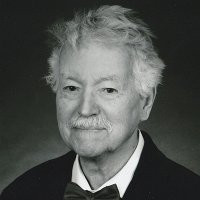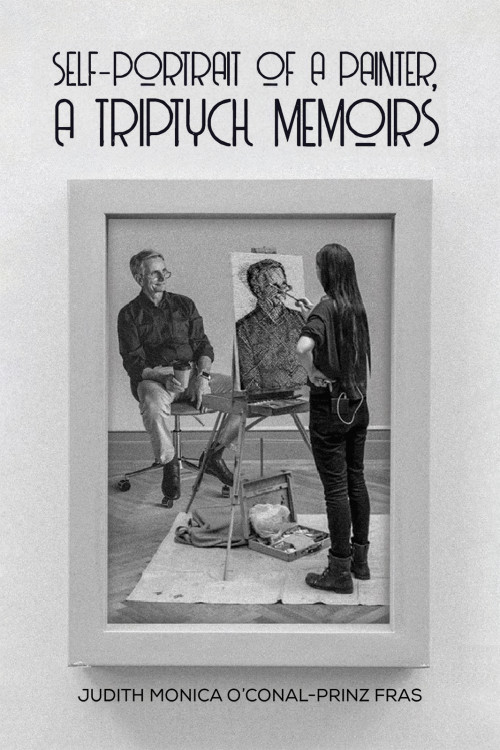This study describes how Walter Gropius of former Bauhaus fame transformed himself from the image of the omnipotent “Master-Builder” to the humble “Grope” of later years. Having come as an emigree from his native Germany to the US, he had to cope with quite a different office culture based on teamwork: Not the “single genius” but a collective approach to problem solving was the order of the day, coupled with a conciliatory manner of debate among equals. With that, his legendary firm “The Architects Collaborative” (called TAC for short) in Boston was to become the star of the profession in the USA, over the course of some 50 years. Thanks to the combined talent and vigorous input of seven younger partners, the firm succeeded in gaining large commissions at home and internationally.
The well-designed school and campus buildings in New England found their equivalent in large university projects such as in Baghdad and Tunisia. Internally, the special aura at TAC was personified by a strong collective spirit of individuals in their own right. In turn, the office attracted a highly motivated staff of apprentices from all around the world. Grope’s personal charm, his humor and encouragement of young people got him life-long affection. Not the least, his pledge for the role of women in the profession left its mark on a whole new generation of architects’ offices to follow.
The author was a member of this team from 1962 to 1964 and kept in touch with Grope until his death in 1969. An eye-witness account setting straight TAC’s merits to “Mid-Century Modernism”.












